The hunt for women's clothes with pockets
- Published
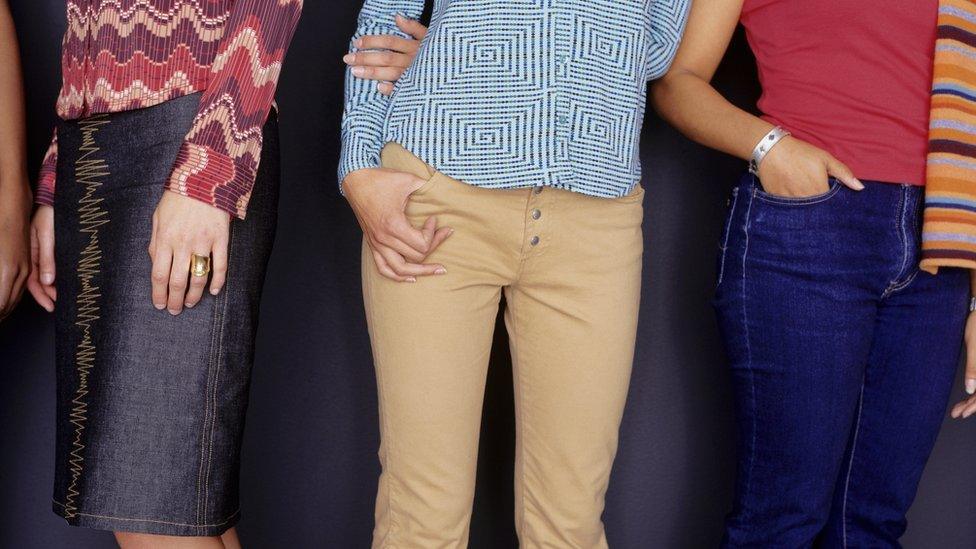
The lack of pockets on women's clothing is causing frustration on the High Street. While many people may find it hard to believe that this is a big problem, there are some designers out there looking to address the issue.
Hunting for women's clothes with proper pockets can be an exasperating experience.
I say "proper" because fake pockets or teeny tiny useless pockets are all too easy to find. In the case of the fakes, heavy stitching is applied in the shape of a pocket, where a pocket should be. But it's a trick, no pocket actually exists.
A search for "#WeWantPockets" on Twitter draws up dozens of messages from frustrated women.
"Getting ready to go out and my jeans have no pockets. The damn thing came with two belts BUT NO POCKETS. #wewantpockets," is one such example, external.
Are pockets a fashion essential?
Caroline Criado-Perez, a feminist campaigner and writer received a big response after highlighting the issue on social media.
She - somewhat unbelievably - had struggled to find a fleece jacket with pockets in several outdoor specialist clothing shops.
"The children's and men's versions of the fleece had pockets, the women's one in the same range did not. I was apoplectic," she says.
Aimee Harrison was so frustrated about not being able to find the clothes she wanted in the shops that she taught herself to design and make clothes. She founded her label Line Cut Supply in Sheffield last year, selling women's work wear - and everything has pockets.
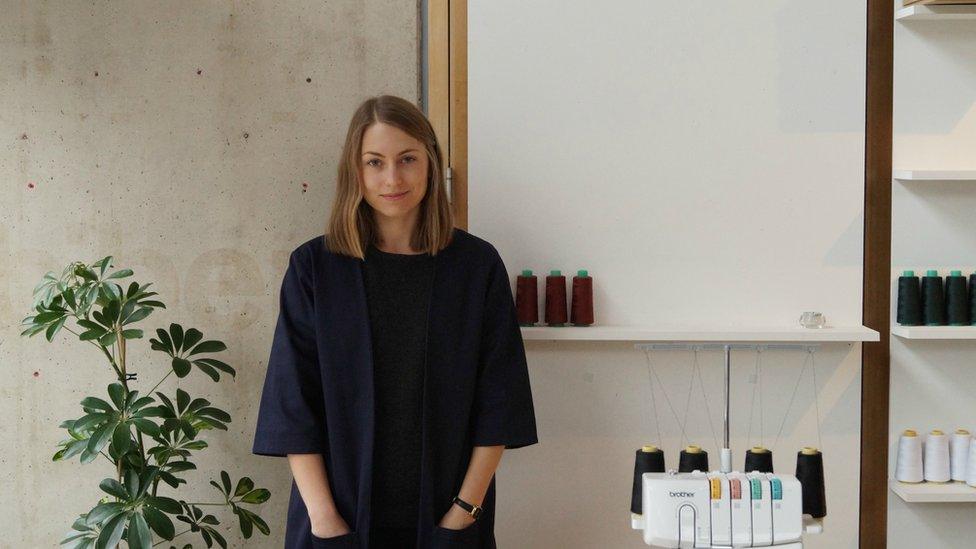
Aimee Harrison, founder of Line Cut Supply in her Sheffield studio
"I looked at the way women wear clothing and what they do in that clothing, and it wasn't being catered to in the fast fashion world," Aimee says. "My clothing is more durable, more functional."

The evolution of no pockets
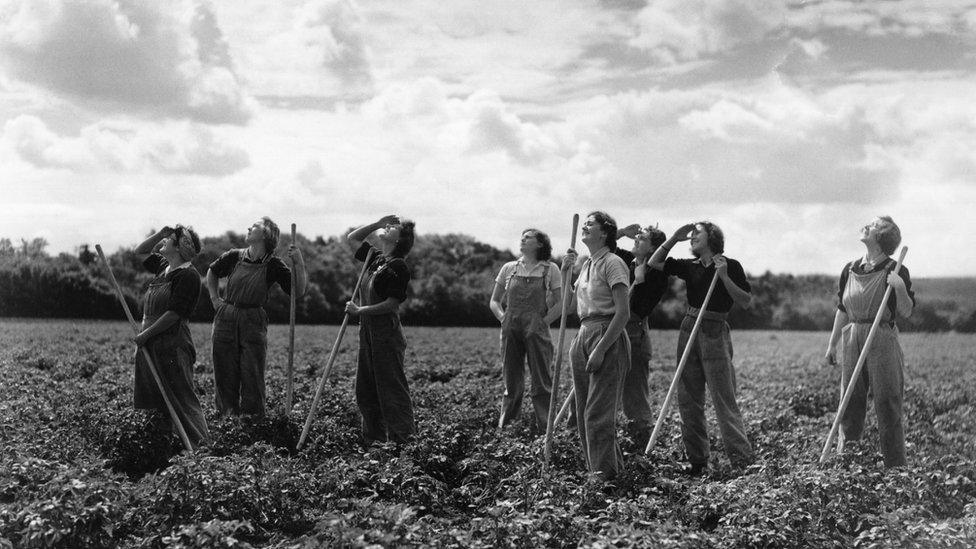
Women's fashion changed to accommodate the needs of manual work in WW2
There was once a time when a woman relied on her husband to carry money and other necessities, so pockets weren't considered necessary.
During World War Two women were encouraged to wear trousers and more practical clothing as they went out to work to replace the men who had been sent to fight at the front - this meant pockets became more the norm.
The desire to be ultra feminine in the aftermath of the war, followed by various slim-fitting and then low-rise-waist trends saw pockets start to disappear again.

Clothing lines
So what lies behind the all too often impractical designs of women's clothing today?
There are concerns about pockets affecting the lines of the garment, making it sit strangely on a woman's figure.
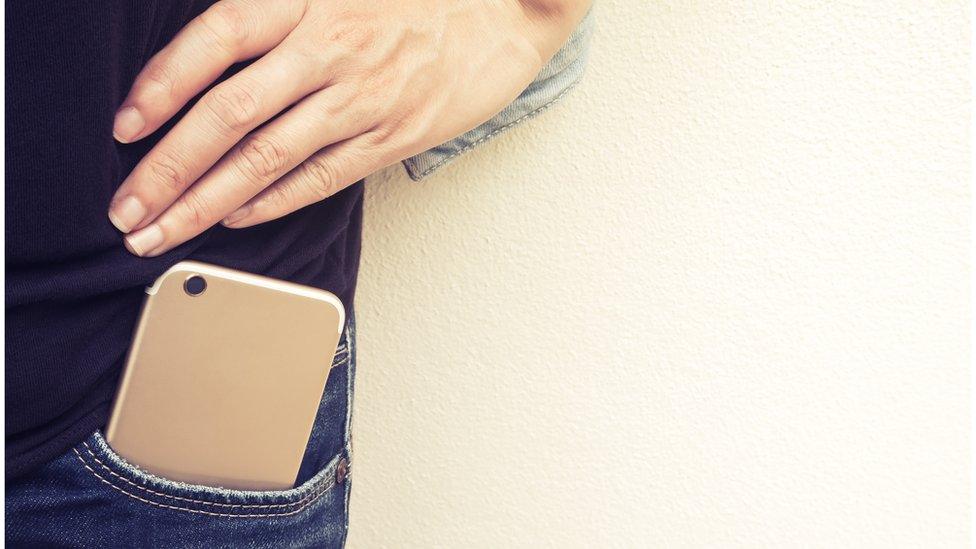
Pockets on women's clothes, when they exist, are often too small to be of much use
Sandy Black is professor of fashion and textile design and technology at the London College of Fashion. She points out that pockets will only impact the lines of a garment once you start using them.
On tailored items of clothing the pockets will typically be loosely sewn shut. This gives each buyer the option as to whether to open them up to use them and risk affecting the shape.
So is it the cost of putting pockets in? A simple alteration to add a pocket can cost as little as a few pounds, but on a mass scale any additional cost will of course be avoided.
"They also need to be done well," says Prof Black. "Cost could become a factor because it has to be done to a high quality. If a pocket is crooked, it's a very visible problem."
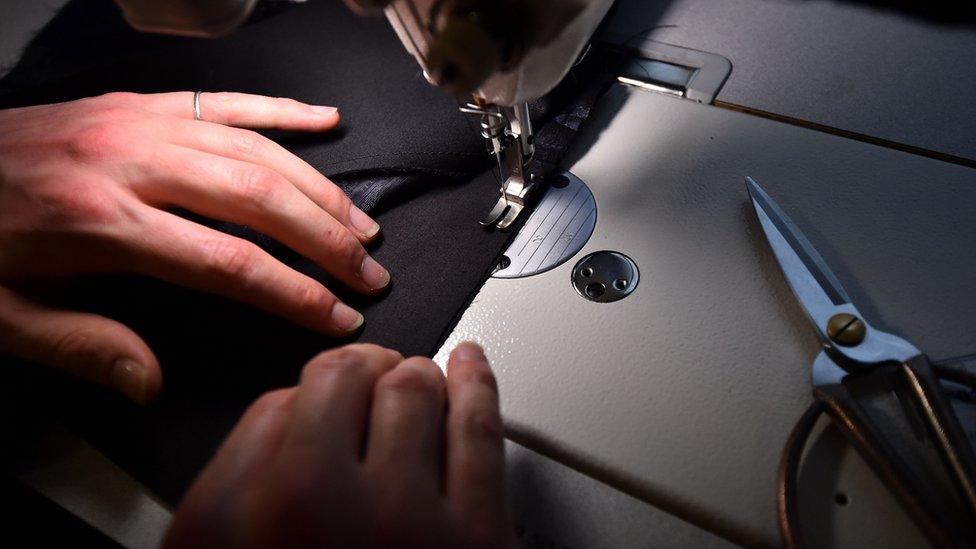
Nobody wants a crooked pocket sewn on
So what about the more complex design then? Can factories full of professional seamstresses and tailors not handle a pattern that includes a pocket? It seems unlikely.
A quick online search provides a vast array of websites and videos showing even the most novice seamstress how to add a simple patch pocket to clothes.
Handbag wars
Perhaps it's because of that old stereotype that every woman on the planet wants to carry a handbag at all times. Not so if you ask around the average group of women. Recent fashion also seems to indicate a shift.
Utility-inspired clothing, which aims to fuse fashion with function, has been repeatedly listed as a major trend this year, meaning we have seen a few see more pockets on the High Street.
Retailers have also noted strong sales in bags with "cross body" straps, showing a demand for items that allow the hands to be free.
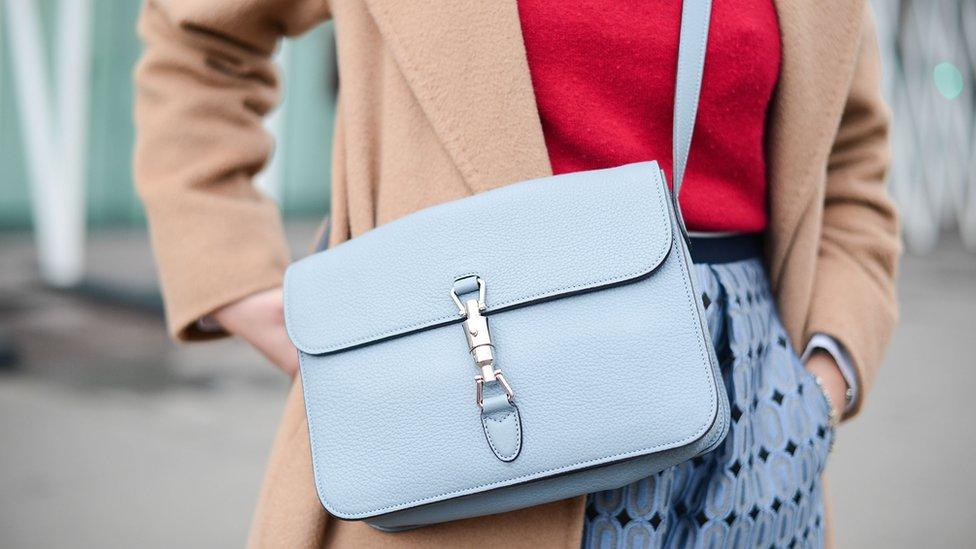
Cross body bags free up women's hands
So what do big womenswear brands have to say on the matter?
"Pockets on clothing are a modern and ergonomic option for people with a busy life," says Jacqui Markham, global design director at Topshop.
"We always look to respond to customer feedback on our products and we have found the key is for pockets to be discreet and practical."
Marks and Spencer points out that its range already caters fairly well for the pocket-lovers out there.
"We offer our customers lots of choice, with plenty of options both with pockets and without. For example, around half our dresses have pockets," said a spokesperson for the brand.

The history of pockets
In the 17th Century most women wore a pair of pockets as a separate garment underneath their petticoats, with slits cut into the layers of skirts over the top
In the 1790s style changed and women started carrying reticules, decorative bags designed to be carried over the arm
In the 1840s, dress patterns show pockets sewn into the seams
Source: V&A Museum, external

Compliments are paid on Twitter to brands such as Cos, Fat Face and White Stuff, where clothes featuring decent pockets can be found.
"Pockets are often a key feature for our customer in her everyday, busy life," says Nicola Hustler, womenswear design manager at Fat Face. "We would not consider doing 'fake' pockets on our product as we provide authentic clothing and pay special attention to every detail when we design."
With the demand there, the hope is that the supply will soon catch up.
- Published6 September 2016
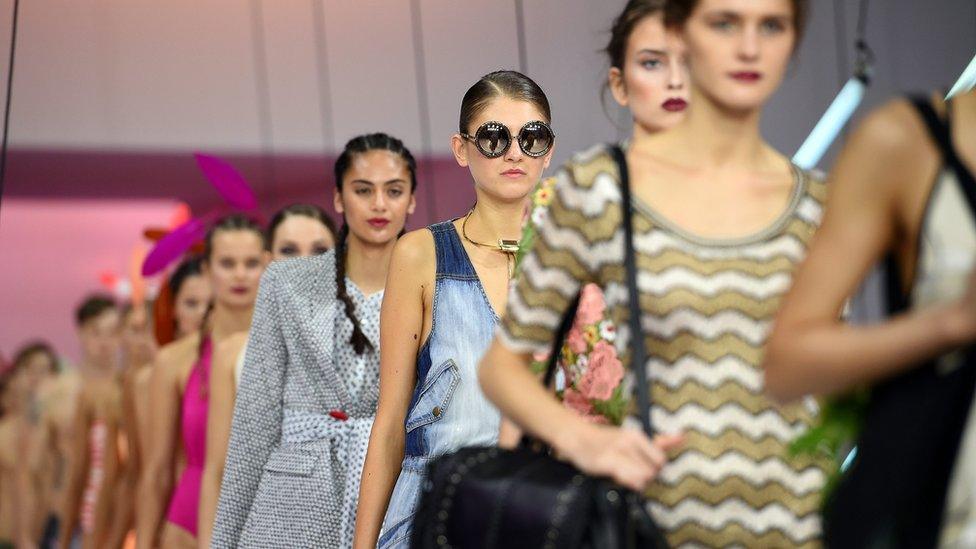
- Published1 June 2016
